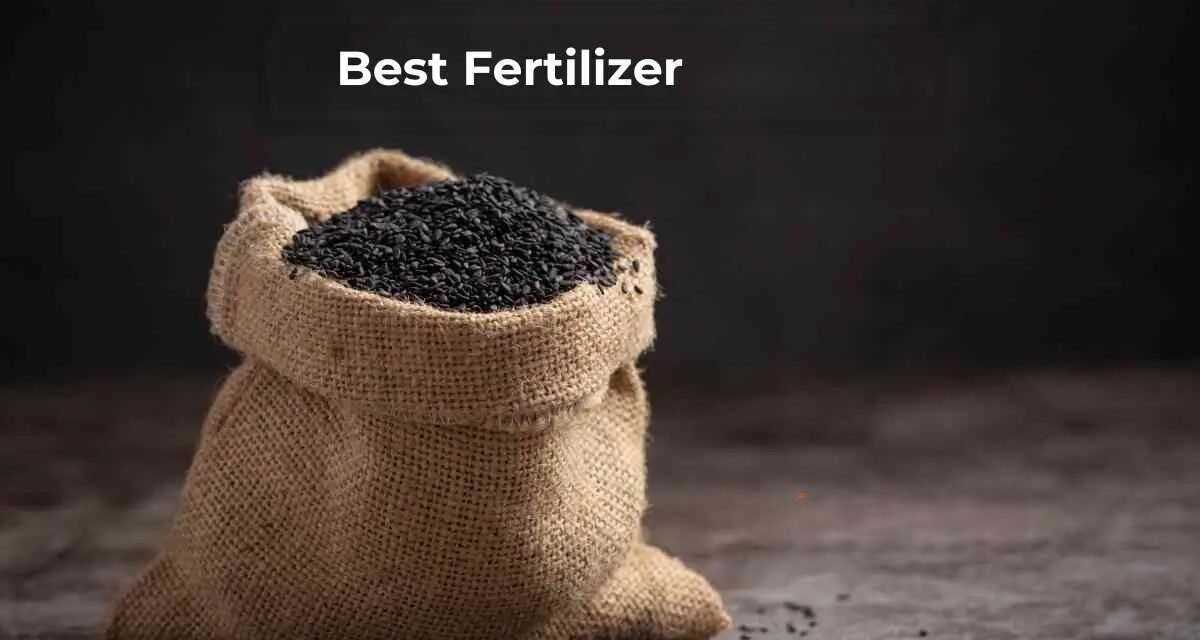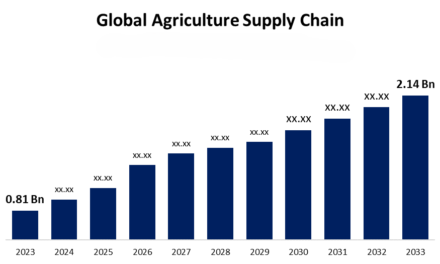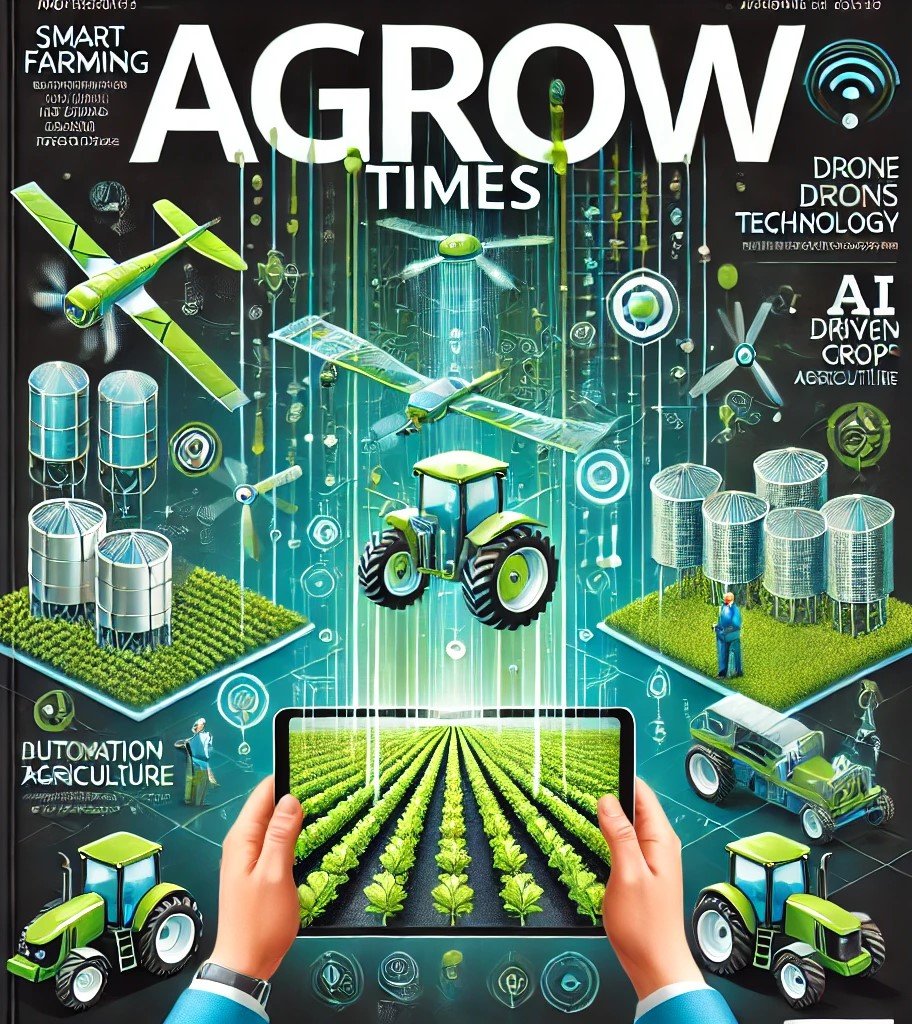Maximizing rice production depends on using the right fertilizers that provide essential nutrients to meet the crop’s growth requirements at different stages. Rice is a high-demand crop for macronutrients like nitrogen (N), phosphorus (P), and potassium (K), as well as secondary nutrients and micronutrients in smaller amounts. The best fertilizers should be applied at the correct time, rate, and method to optimize yield while minimizing environmental impact. Here’s a breakdown of the best fertilizers for rice production:
1. Nitrogen (N) Fertilizers
- Importance:
- Promotes vegetative growth, leaf development, and chlorophyll production.
- Critical for tillering and overall biomass.
- Best Fertilizers:
- Urea (46% N): Commonly used, highly concentrated nitrogen fertilizer.
- Ammonium Sulfate (21% N, 24% S): Supplies nitrogen and sulfur, beneficial in sulfur-deficient soils.
- Calcium Ammonium Nitrate (CAN, 27% N): Reduces volatilization losses compared to urea.
- Application Timing:
- Basal application at transplanting or sowing.
- Topdressing during tillering and panicle initiation stages.
- Tip: Use a Leaf Color Chart (LCC) or remote sensing tools to monitor nitrogen needs and avoid overuse.
2. Phosphorus (P) Fertilizers
- Importance:
- Supports root development, energy transfer, and early seedling establishment.
- Essential for flowering and grain development.
- Best Fertilizers:
- Di-Ammonium Phosphate (DAP, 18% N, 46% P2O5): Combines nitrogen and phosphorus, ideal for basal application.
- Single Super Phosphate (SSP, 16% P2O5, 11% S): Supplies phosphorus and sulfur, beneficial for acidic soils.
- Triple Super Phosphate (TSP, 46% P2O5): High-concentration phosphorus source.
- Application Timing:
- Apply as a basal dose at transplanting or sowing.
- Incorporate into the soil for better availability to roots.
3. Potassium (K) Fertilizers
- Importance:
- Enhances disease resistance, water regulation, and grain filling.
- Improves plant tolerance to drought, salinity, and lodging.
- Best Fertilizers:
- Muriate of Potash (MOP, 60% K2O): The most common potassium fertilizer.
- Potassium Sulfate (SOP, 50% K2O, 17% S): Provides potassium and sulfur for soils needing both.
- Application Timing:
- Basal application at transplanting or sowing.
- Split application at the panicle initiation stage to improve grain quality.
4. Zinc (Zn) Fertilizers
- Importance:
- Essential for enzyme activation, protein synthesis, and root development.
- Prevents stunted growth and leaf discoloration (Zn deficiency is common in rice paddies).
- Best Fertilizers:
- Zinc Sulfate (21–36% Zn): The most effective zinc fertilizer.
- Zinc Oxide (70–80% Zn): Used for coating seeds or foliar sprays.
- Application Timing:
- Apply as a basal or early top dressing.
- Foliar sprays can be used to correct deficiencies quickly.
5. Sulfur (S) Fertilizers
- Importance:
- Important for protein synthesis, enzyme activity, and chlorophyll production.
- Deficiency leads to yellowing of young leaves.
- Best Fertilizers:
- Ammonium Sulfate (21% N, 24% S): Supplies nitrogen and sulfur.
- Gypsum (18% S): Improves soil structure and supplies sulfur.
- Elemental Sulfur (90% S): Provides long-term sulfur release in acidic soils.
- Application Timing:
- Apply during basal fertilization or at tillering.
6. Silicon (Si) Fertilizers
- Importance:
- Strengthens cell walls, reduces lodging, and improves resistance to pests and diseases.
- Helps in alleviating salinity and metal toxicity in flooded soils.
- Best Fertilizers:
- Calcium Silicate (20–25% SiO2): Supplies silicon and calcium.
- Silica Gel or Rice Husk Ash: Organic sources of silicon.
- Application Timing:
- Apply before transplanting or sowing, as silicon remains effective for a longer duration.
7. Micronutrient Fertilizers
- Importance:
- Micronutrients like iron (Fe), manganese (Mn), boron (B), and copper (Cu) are vital for various metabolic processes.
- Best Fertilizers:
- Chelated Micronutrients: Provide a balanced mix of Fe, Mn, Zn, Cu, and B.
- Borax (11% B): Supplies boron.
- Ferrous Sulfate (19–20% Fe): Corrects iron deficiencies.
- Application Timing:
- Basal application or foliar spray during critical stages like tillering or grain filling.
8. Customized Fertilizer Blends
- Importance:
- Tailored to the specific nutrient requirements of soil and rice varieties.
- Examples:
- Fertilizer blends containing N, P, K, Zn, and S in appropriate ratios.
- Nano-fertilizers or slow-release fertilizers for efficient nutrient uptake.
- Application Timing:
- Follow soil test recommendations for precise application.
9. Organic Fertilizers
- Importance:
- Improves soil fertility and microbial activity, enhancing nutrient availability.
- Best Fertilizers:
- Farmyard Manure (FYM): Supplies organic matter and essential nutrients.
- Compost: Enhances soil structure and nutrient retention.
- Green Manure: Incorporate leguminous crops like Sesbania before planting.
- Application Timing:
- Apply 2–3 weeks before transplanting to allow decomposition.
10. Biofertilizers
- Importance:
- Eco-friendly alternatives that enhance nutrient availability and uptake.
- Best Fertilizers:
- Azolla: Fixes atmospheric nitrogen in flooded rice paddies.
- Rhizobium and Azospirillum: Nitrogen-fixing bacteria.
- Phosphate-Solubilizing Bacteria (PSB): Enhances phosphorus availability.
- Application Timing:
- Incorporate biofertilizers during soil preparation or apply as a seed treatment.
Key Fertilizer Application Tips
- Soil Testing:
- Conduct soil tests to determine nutrient deficiencies and tailor fertilization.
- Balanced Fertilization:
- Avoid overusing nitrogen while ensuring adequate P, K, and micronutrients for balanced growth.
- Split Application:
- Apply fertilizers in multiple doses (basal, tillering, panicle initiation) to improve efficiency and reduce nutrient losses.
- Water Management:
- Synchronize fertilizer application with proper water management, as flooding or drought affects nutrient availability.
- Use of Coated Fertilizers:
- Apply urea coated with neem or sulfur to minimize nitrogen volatilization losses.
Conclusion
The best fertilizers for rice production include a mix of chemical, organic, and biofertilizers to provide essential nutrients at the right time and in the right amounts. A balanced fertilization program based on soil and crop requirements, coupled with good water and pest management practices, can maximize rice yield sustainably while maintaining soil health.
Hashtags
#FertilizerTechnology #OrganicFarming #NutrientManagement #PrecisionAgriculture #FertilizerApplication #CropYield #FarmingSustainability #SoilEnrichment #GreenFertilizers #FarmingTips #FertilizerManagement #RiceHarvest #SustainableFertilizers #FarmingInnovation #FertilizerEfficiencyTips #CropHealth #FertilizerUsage #RiceFarmingTechniques #EcoFertilizers #FarmingSolutions









